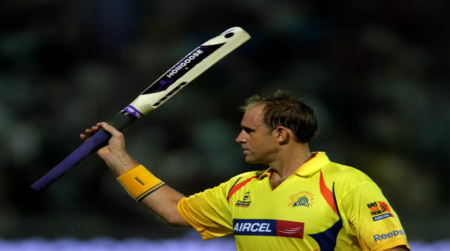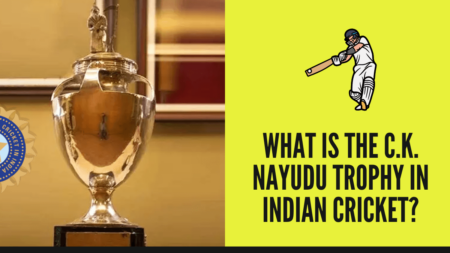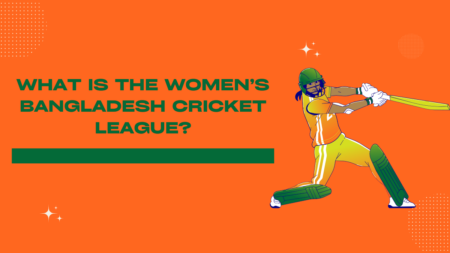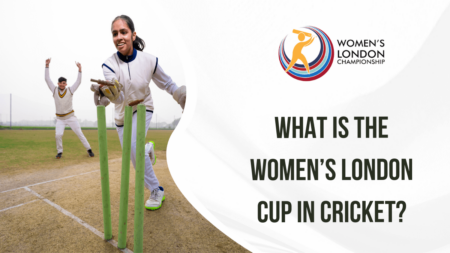

The T20 format in cricket was introduced in 2005. Two years later the first major tournament by the International Cricket Council in the form of a World Cup was held in 2007. However, it wasn’t till 2008, that the quick contest between bat and ball multiplied.
The introduction of the Indian Premier League in 2008 made the format incredibly popular. Fast paced format with a lot of run-scoring was met with aplomb by the viewers. Cricket bat manufacturers hopped on the scene by making modifications in the design of the conventional bat. One such company that entered the fray was Mongoose.
In 2009, Mongoose introduced the Mi3 bat. This bat has a blade that was 33% shorter and a handle that was 43% longer than the conventional bat. On first look it would have appeared that a full length or a yorker length ball would be difficult to play. However, two specifications countered this shortcoming. The amount of wood added in the bottom end of the toe end of the bat was much more than that of the conventional bat.
The Mongoose bat was a lot more lighter. This made it easier for the batter to swing the bat to hit powerful strokes. However, a disadvantage of this bat was that a bouncer or a short ball would be difficult to respond to. The batter would have to either defend or take a blow to the body.
Since the bat is lighter, the batter cannot hit shots behind point or square leg. This is because a majority of these shots are more likely to be timed by utilising the pace of the ball. A slower ball would be another challenge for the batter with the Mongoose. They would have to use their own brute force and raw power to plummel the ball in the stands.
Mathew Hayden, Australia’s legendary opening batsman was one of the proponents of the Mongoose bat.




